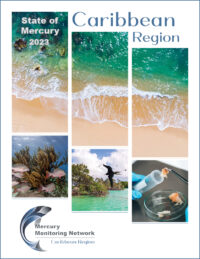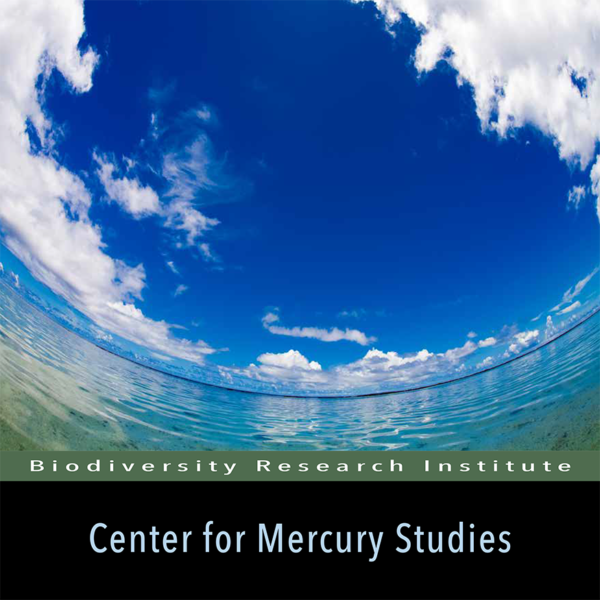Building a Mercury Monitoring Network
Laboratory networks for mercury and other contaminant analyses in regional hubs throughout the world, especially in mercury hotspots, will provide important information for the assessment of risk, both to humans and wildlife, in these environments.
BRI’s extensive mercury work in the Caribbean Region has led the way for the first network of integrated laboratories to be established.
The primary toxicology laboratory is be located in Antigua and Barbuda, with secondary laboratories in other Caribbean countries. These labs serve as the regional hubs for mercury analyses of abiotic and biotic samples that are used for assessing human and environmental health.
Download the Caribbean Region Mercury Monitoring Network report here.
Why a Mercury Monitoring Network?
A Mercury Monitoring Network is important for helping countries that have ratified (or wish to ratify) the Minamata Convention on Mercury to meet their obligations and effectively implement its provisions.
The development of an integrated network of toxicology laboratories will:
- Help facilitate countries with limited resources to be more efficient in evaluating the effectiveness of the Minamata Convention.
- Provide a way for countries to coordinate information about mercury in seafood for human and ecological health purposes, and to help build capacity within the region to make independent assessments.
- Help assist countries with sustainable economic activities related to seafood resources.
- Provide assistance to build capacity for relevant Ministries to protect human and ecological health.
Networks are in place or are being planned for the following regions:
Caribbean Region
Focal region: Antigua and Barbuda
Highlighted region: Belize
Central Africa
Focal region: Gabon
South America – NW
Focal regions: Colombia, Ecuador, Peru
Indo-Pacific
Focal region: Indonesia, Japan
Oceania
Focal region: TBD
Eastern Europe
Focal region: TBD
Sampling Protocols

Standardized protocols for biological sampling, handling, and shipping of samples to the regional lab hubs have been collaboratively developed and are available here.
Resources and Publications

Click the links below for additional mercury monitoring resources
- State of Mercury in the Caribbean Region
- Mercury in the Global Environment
- Local, Regional, and Global Biomonitoring: Understanding Mercury Exposure through Monitoring At-risk Species
- Global Mercury Monitoring in Biota (8-page summary)
- Phasing Out/Phasing Down Mercury-added Products: What to Know about Consumer and Commercial Products Outlined in the Minamata Convention
Contact Information
David Evers, Executive Director
david.evers@briwildlife.org
Tahlia Ali Shah, International Environmental Specialist
tahlia.alishah@briwildlife.org




